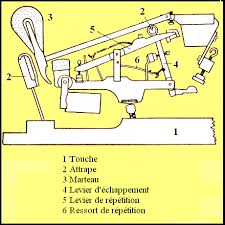1 the ancestors of the piano
The oldest ancestor of the current piano seems to be the tympanon, a medieval instrument with taut strings that was struck with small hammers also called mallets.
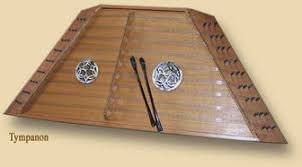
Over time, the manichordion or clavichord appeared, a keyboard instrument with multiple strings. The strings are struck by a metal piece called a tangent.
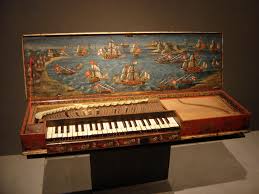
It was at the beginning of the 18th century, around 1700, that a certain Bartolomeo Cristofori invented the pianoforte. Using a harpsichord body, he created a more powerful string striking mechanism than on the clavichord, whose sound volume remained low.
Cristofori replaces the “pinching” plectrums of the harpsichord with skin-covered hammers that strike the string. This invention provides the musician with the possibility of modulating the sound volume according to the strike exerted on the key. The harpsichord is therefore not considered an ancestor of the piano because it absolutely does not have the same technical characteristics.
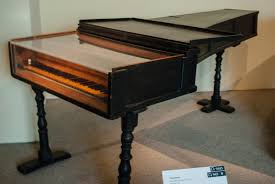
The origin of the name piano comes precisely from an abbreviation of pianoforte, the 18th century instrument.
At the end of the 18th century, Cristofori’s invention was improved by a German organ builder, Gottfried Silbermann, with the addition of the “damper” pedal which, by raising all the dampers, helps to increase the duration of the notes. The keyboard gains an octave and goes from 54 to 60 keys.
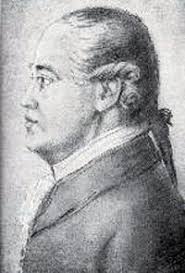
In the 19th century, the piano keyboard increased to 88 keys. Advances in industrial and scientific processes were accompanied by a boom in piano manufacturing. The increase in the practice of the piano in the 20th century allows a democratization which amplifies this development.
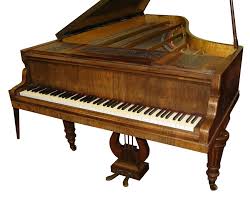
Finally, the arrival of the digital piano in the 20th century adds many more piano offers alongside acoustic pianos.
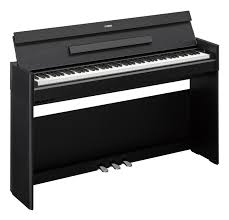
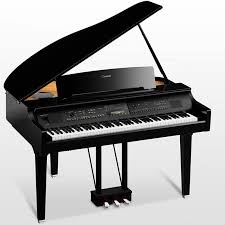
2 the acoustic piano: complex mechanics at your fingertips
When a pianist presses a key, it activates a hammer comprising an olive and a hammer which strikes the corresponding string. This sequence of mechanical parts between pressing the key and the final sound is the culmination of a real clockwork mechanism that requires precise adjustment.
There is another very important mechanism in this process, the double escapement. Iinvented by Frenchman Sébastien Erard. The double escapement allows the pianist to replay the same note several times in a row even if the hammer has not returned to its rest position, up to 15 times per second!!!!
The story goes that the piano maker Erard, creator of the famous pianos of the same name in the 19th century, presented his invention to Beethoven, which allowed him to create new works.
